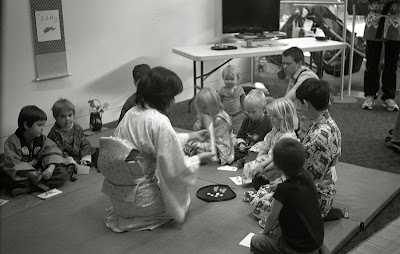
The above is picture of a developed silver crystal that during reduction has transformed into a filamentary mass. This is quite common with most modern developers and film types, and is especially true of fine grain developers of the MQ and PQ type.
What I'm often asked is what causes the filamentary growth? why don't the grains always keep their original post exposure shape?
I'll try to explain.
When a silver halide grain is exposed to light electrons move within the crystal with extreme rapidity. Some of these electrons are 'trapped' in lower energy areas of the crystal such as defects or impurities, the trapped electron makes a still more efficient trap for other electrons and so on.
In this state the silver is said to be a 'latent image' and needs a developer to magnify it.
During development the charge that has been concentrated at the traps is highly negative and especially so at the tips which attract positive ions from the solution.
A needle like protuberance is formed which rapidly turns into a filament, such filaments have a large surface for their volume giving plenty of opportunity for developer ions to be adsorbed along its sides forming a flat ribbon like structure.
This results in a very strong negative charge at the tip of the filament which attracts silver ions, which when they come in contact with the tip are neutralised to give metallic silver and therefore even more rapid filamentary growth.
I hope that this explanation helps those who have asked how these filaments are formed.
© Photo Utopia 2009
 I found this old 1930's Zeiss exposure table in my loft recently, it has little value apart from photographic history, having bought an Ikonta of similar vintage recently its nice to have some period documents.
I found this old 1930's Zeiss exposure table in my loft recently, it has little value apart from photographic history, having bought an Ikonta of similar vintage recently its nice to have some period documents. One thing I did note of interest is the DIN, Scheiner and H&D film speed values and their equivalents which may be of use to someone trying to work out speeds of 1930's films.
One thing I did note of interest is the DIN, Scheiner and H&D film speed values and their equivalents which may be of use to someone trying to work out speeds of 1930's films. Above is the 'how to use' instructions and a reminder of some accessories available for your Zeiss camera.
Above is the 'how to use' instructions and a reminder of some accessories available for your Zeiss camera.








